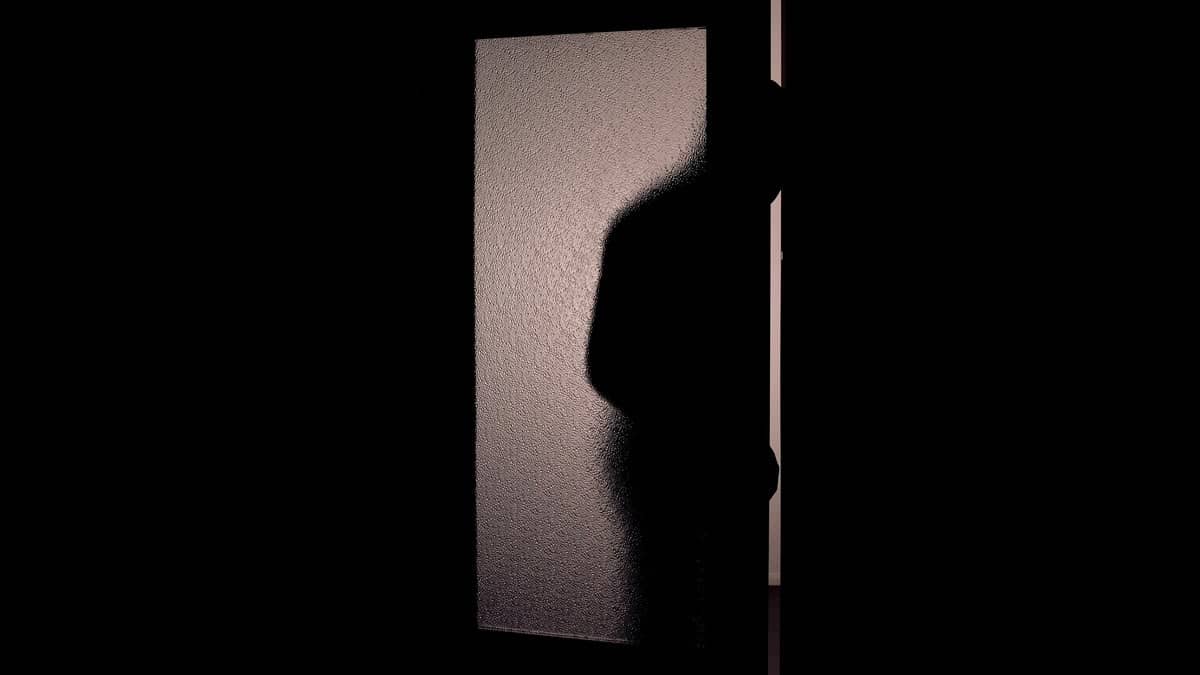Take that, iPhone thieves — Apple is about to make it even more difficult to use its smartphones when you have no right to do so. In the upcoming iOS 17.3, it is testing out a new security system called “Stolen Device Protection.”
Here’s a look at what this is, and what it does.
Stolen Device Protection explained
Apple’s beta notes explain: “Stolen Device Protection adds an additional layer of security in the unlikely case that someone has stolen your iPhone and also obtained your passcode.”[ How to choose the right UEM platform ]
The company explains the features this way:
0 seconds of 30 secondsVolume 0%
- Accessing your saved passwords requires Face/Touch ID to be sure it’s you.
- Changing sensitive settings like your Apple ID password is protected by a security delay.
- No delay is required when iPhone is at familiar locations such as home and work.
Stolen Device Protection prevents a thief who has a device and knowledge of the victim’s passcode from performing critical device and Apple ID account operations like changing the device or Apple ID passcode by requiring biometric authentication, with no passcode fallback.
Some operations require a single biometric authentication, while others require the user to wait an hour and then authenticate a second time with Face ID or Touch ID.
The idea is that Stolen Device Protection introduces another obstacle that makes it difficult for thieves to gain access to your data, erase it, or delete the device to factory fresh status for resale.[ REGISTER NOW for the last FutureIT event of the year! Exclusive professional development workshop available. FutureIT New York, November 8 ]
If someone has your device and attempts to make such a change, there will be a one-hour delay after which whoever has the device must successfully login again. That one-hour delay could be critical when using Find My to track device location.

